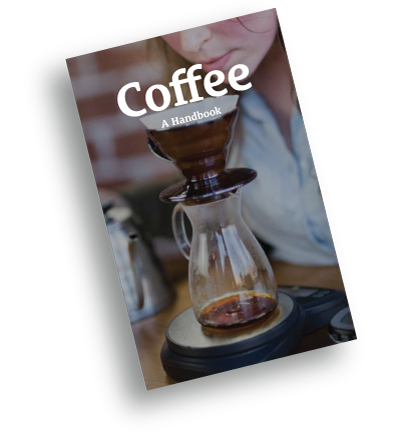You know what you like. You know how deep you dive when describing your favorite meal, a remembered feast, or your ideal cup of coffee.
We can safely assume that you’re a dedicated coffee drinker, and that you have a personal relationship with the sensory attributes of this beverage. Interestingly, the very subjective nature of this relationship between us and our beverages makes coffee assessment complicated. You and your spouse may disagree on the attributes of the same cup of coffee, and who’s to say you aren’t both right?
Many factors affect flavor
With hundreds of chemical and organic compounds contained in the tiny brown bean (and more being discovered constantly), and with many factors influencing which compounds you taste, this complexity makes sense. The genetics of the particular coffee plant influence its flavor, as does the soil in which it grows and the kind of water it receives. After harvesting, such factors as fermentation practices and other variables of processing add to the coffee's flavor profile. Additionally, even within the same variety, every coffee plant reacts differently to the same factors, and many coffees are blends of local groupings of plants. Or even different regions or countries.
Sensory science is on the rise
Historically, coffee research has lagged centuries behind the comparable discipline of wine, only really beginning a couple hundred years ago. The first mapping of coffee’s flavor profile was done a little over 20 years ago by the Specialty Coffee Association of America (SCAA) and resulted in the first Coffee Taster’s Flavor Wheel. More recently, World Coffee Research (WCR) coordinated the largest coffee research project yet, subsequently producing the WCR Sensory Lexicon, which identifies 110 flavor, aroma, and texture attributes of coffee. In turn, the SCAA updated its Flavor Wheel (pictured below). The result is another step toward objective coffee assessment so we can all better understand exactly what we like or dislike in coffee and adjust production and purchasing accordingly.
The cupping process
Professional coffee “cuppers” have rigorous protocols for assessment of coffees. These include a format for tasting that follows cooling coffee through its flavor arc and evaluates the relevant compounds starting with Fragrance and Aroma, observing through Flavor and Aftertaste, Acidity and Body, and ending with uniformity and defect analysis. The end result? A nuanced flavor profile analysis that can be used to inform producers on better farming and processing practices, set market value, and determine ideal customer demographics.
For you as a coffee drinker, knowing the level of attention that cuppers and coffee quality graders pay to developing and accurately representing the flavor profile of your coffee can be empowering. Because they do their jobs well, you can access exactly how much detail you want when you taste your coffee. You can also choose to track your likes and dislikes through your Brew Log on Crema.co. This unique feature lets you observe not only the countries and growing regions you like most, but also a beautiful branching visual map of the flavor attributes you gravitate toward — for example, brown sugar notes or lemon acidity.
Try this...
Next time you brew up a batch of coffee, pay close attention to the evolution of the cup. Try this: sniff the dry grounds, noting fragrances. After you add water, smell again to detect flavor-to-aroma development and changes. Then as you first sip the coffee, think about the acidity: is it sprightly, like soda, or bright like citrus? You know what you like.
